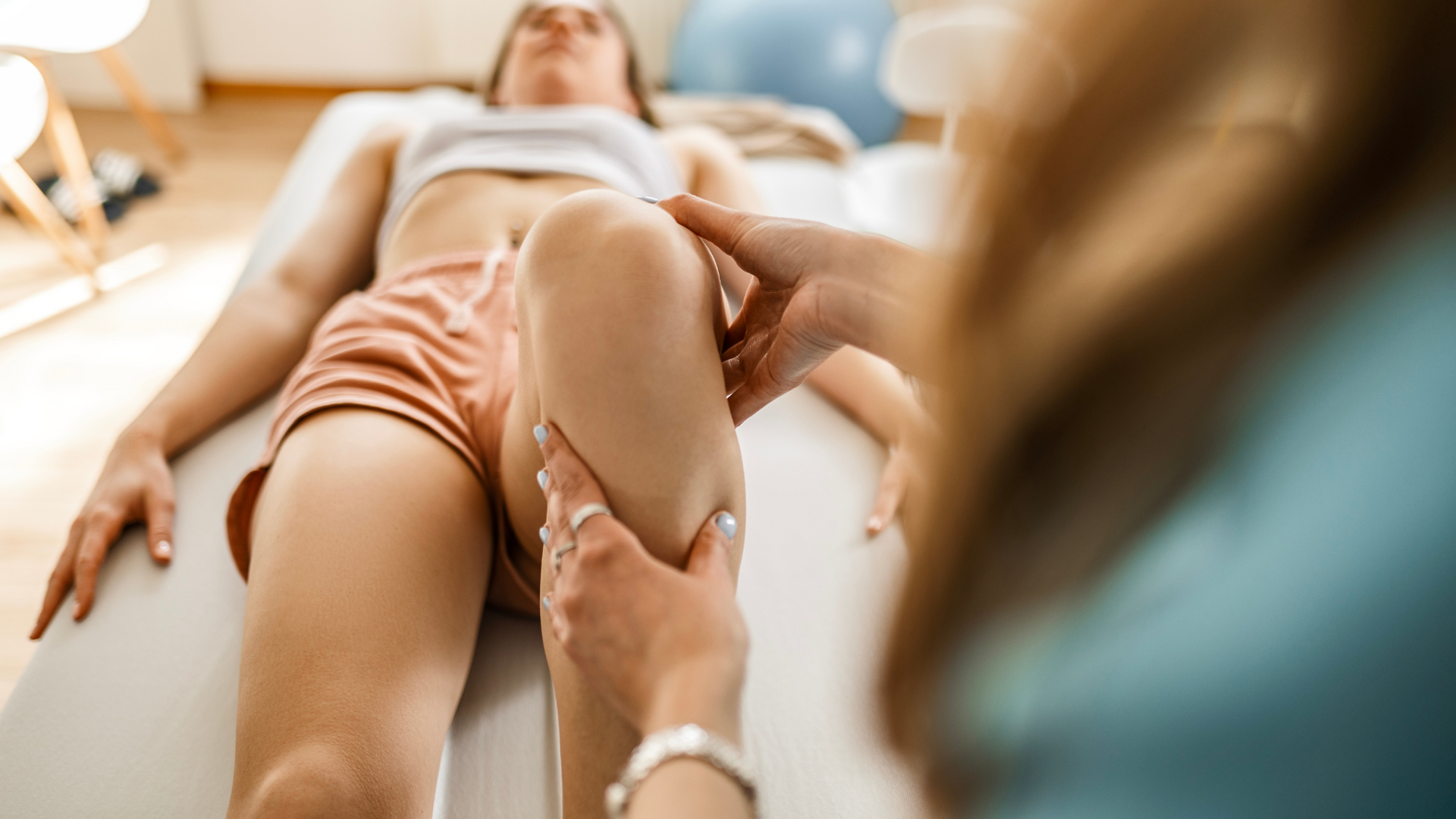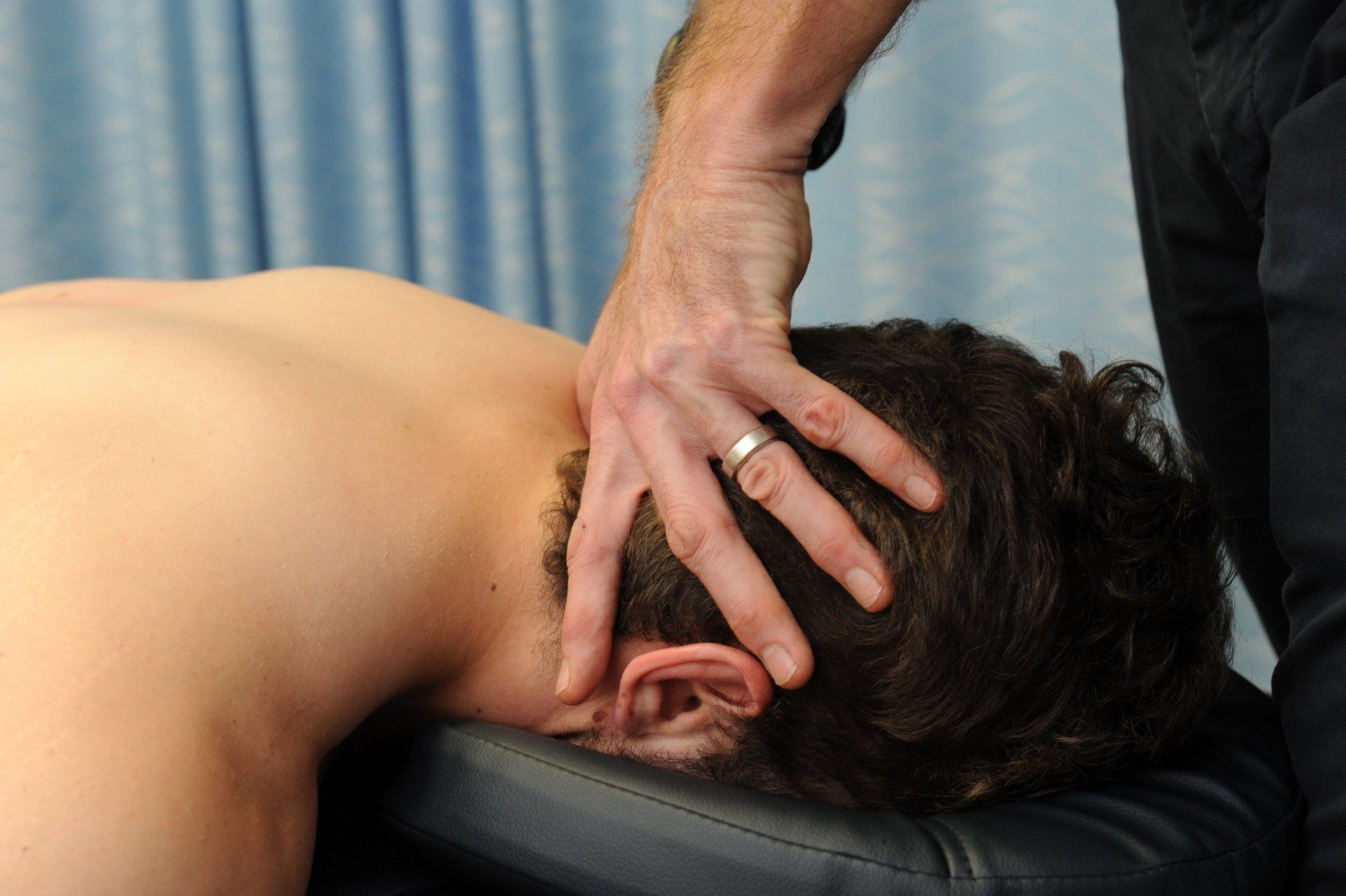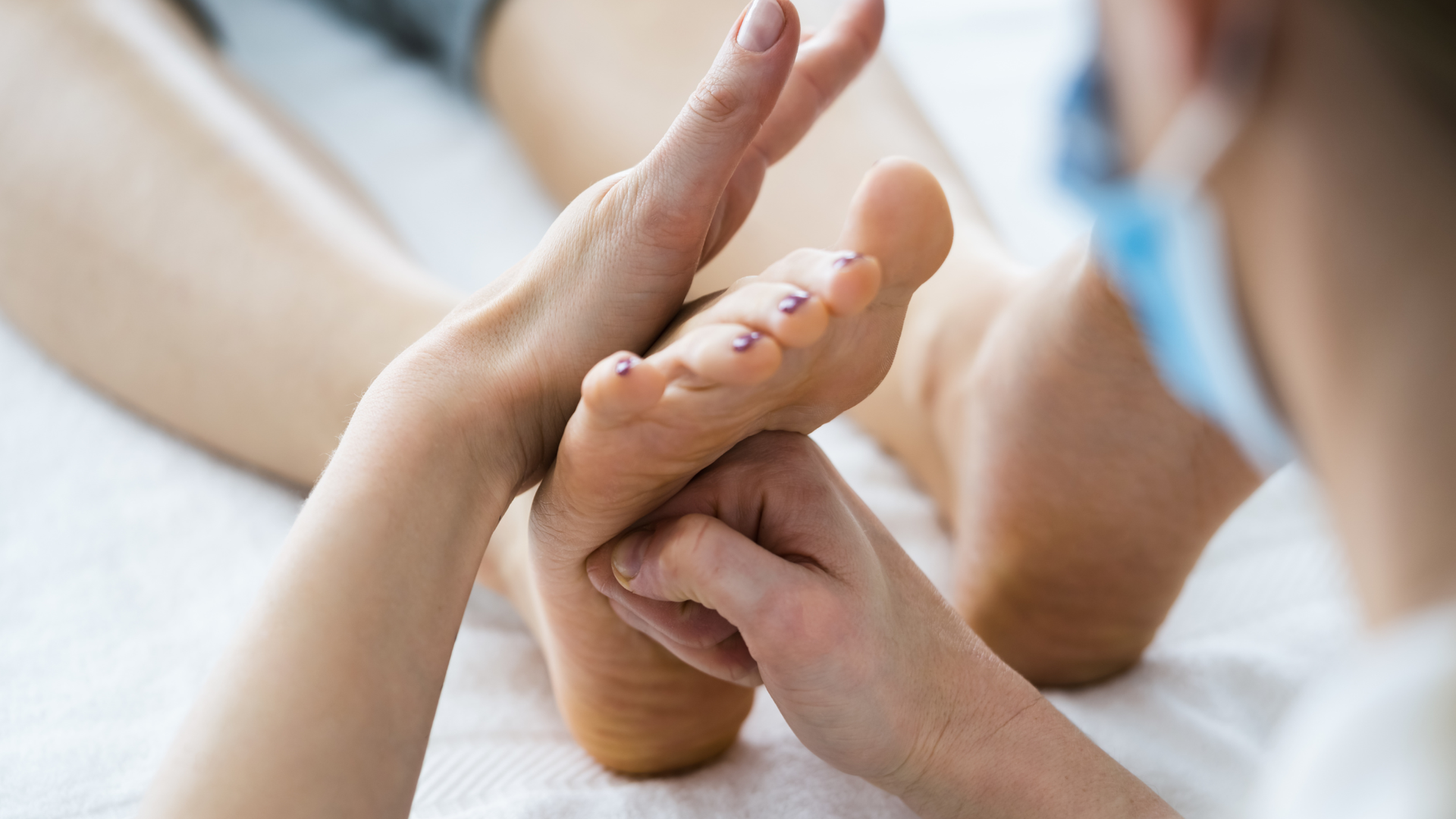Returning to Running
Looking at getting back into running?
Running is a low cost, accessible solution to achieving better fitness, but it’s not as simple as just throwing on your joggers and hitting the track!
When we start any new fitness program, our bodies go through adaptive change. The ability of those tissues (think muscles, tendons, ligaments, and the cardiovascular system) to adapt successfully requires the load and volume of training to be slowly dialled up.
When we run, the load going through our knee joints increases by about 4.2 times our body weight. So if you weigh 80kg, the load going through the knee joint with every stride is about 336kg! Sounds like a lot, but our bodies are super clever and can adapt to these loads, even in the presence of degenerative changes. They just need time, and some TLC.
Looking to improve your fitness?
STOP!
If you’re looking to get fit, and running is a part of that plan, there are a lot of factors to consider. Things like when you last ran consistently (6 weeks, 6 months or 6 years ago?), the type of running you want to do (sprints, interval, endurance), how old you are now, even the type of work you do. All of these factors influence how you should approach a running program.
If you work in a sedentary job or have been inactive for a period of time, you're likely to have reduced strength and flexibility. Doing some cross training and a dynamic stretching program will be a great adjunct to your running program.
Even if you've been active, your strengths might lie in different areas. Strong cyclists don't necessarily make for strong runners. The biomechanics differ significantly and so the load and control required in the lower limbs will be different.
Had an Injury?
If you’re on the comeback from injury, having someone who really understands the intricacies of that injury and how different tissues recover and behave makes a huge difference. The way that we tailor a running program for a muscle strain differs enormously to what we would do for an ankle sprain or knee joint pain. Physiotherapists use their knowledge of different tissues (muscle, tendon, bone, for example) and how they respond to load to develop programs that achieve your goals.
What are your goals?
Understanding your goals is another key factor. Maybe you want to improve your repeated sprints so that you are more competitive at netball, or perhaps you want to improve your times at park run, or have the Gold Coast marathon on your bucket list. These certainly require very different approaches, time frames and planning to succeed.
At Movement For Life Physiotherapy, we have designed running programs for marathon runners, elite hockey players, Thunder academy players and park runners. Regardless of whether we are working with a social runner, an amateur sportsperson or an elite athlete, our processes remain the same:
- Take the time to learn about your running and sporting history
- Screen you for risk factors for injury from running, including looking at your muscle strength, joint mobility and flexibility;
- Develop achievable, time-oriented goals with you;
- Tailor a program that suits your lifestyle.
Remember, just like no two people are the same, no two programs are the same.
If your looking for some more information on running, check out theses perspectives from the Journal of Orthopaedic Sports and Physical Therapy:
Do you want to get back into running or getting pain when you do go for a run? Give us a call.
We are part of a well-connected network of physiotherapists, massage therapists, podiatrists, doctors and surgeons. We're experienced with runners, can assess your running form and a provide you with a personalised, goal-oriented and comprehensive running and strengthening plan.
Call now on 08 8945 3799 or click on BOOK AN APPOINTMENT to book online.








